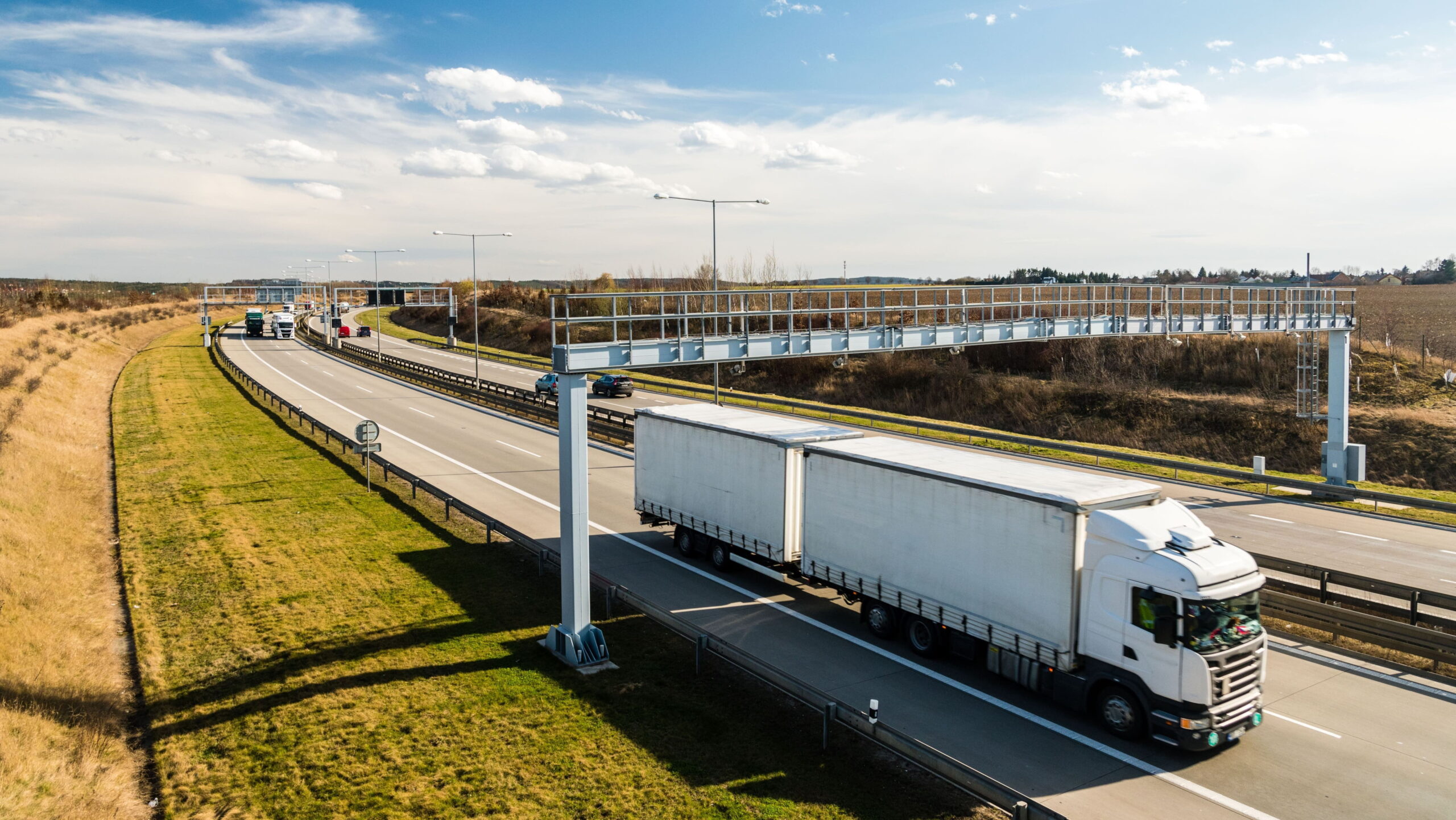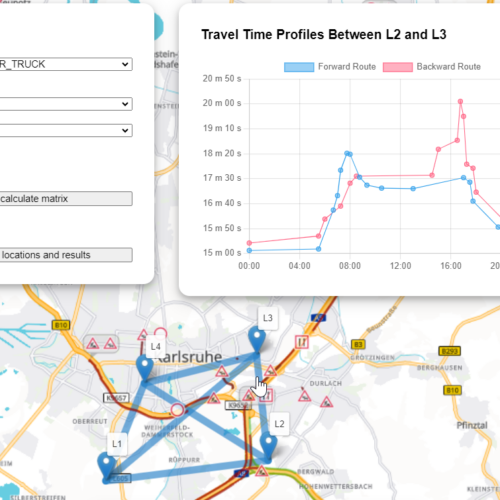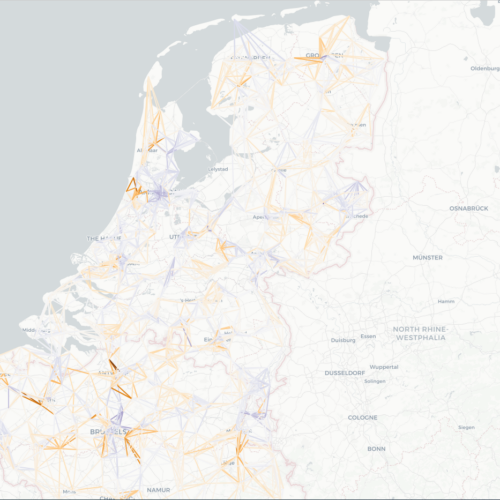Have you ever noticed how the first shipments in the morning always seem to arrive late? Do you find drivers often getting trapped in prolonged and avoidable traffic congestion? With OptiFlow, this is a thing of the past. The enhanced algorithms within this route planning and optimisation system can now provide a more precise estimation of driving time by factoring in the departure time. This results in route planning that’s much more accurate, reliable, and realistic than before. Equally important, this innovation leads to lower transport costs. During rush hour, steering clear of congestion-sensitive areas could decrease traffic time spent by up to 50%, as suggested by initial tests. The secret? Time-dependent travel times combined with a state-of-the-art route optimisation algorithm.
Time-Dependent Travel Times
Typical route-optimisation software uses average travel times, which can be considered a planning restrictions. Consequently, when a driver from Rotterdam must deliver a shipment in the heart of Brussels at nine on a Tuesday morning, chances are he will arrive after the delivery window has long passed as traffic is at its peak. Conversely, for deliveries scheduled on a Sunday night, the driver could potentially reach the destination prematurely due to minimal traffic.
Time-dependent travel times effectively address this challenge by considering fluctuating traffic throughout the day, resulting in more precise estimates of travel durations. This strategy integrates traffic insights derived from GPS data collected from millions of road users. Such patterns, influenced by varying times and days, reveal that morning rush hours are distinctly busier than late-night hours, and weekdays such as Tuesdays exhibit different traffic dynamics than Fridays.
Up to 50% Less Traffic Time
Just like any route planning system, OptiFlow uses distance and travel timetables. To accommodate variations in traffic due to time-dependent patterns, OptiFlow necessitates travel times between all locations for each point in time. As a result, the volume of data grows rapidly. Effectively managing these extensive datasets mandates a route planning system equipped with not only robust algorithms and substantial cloud computing resources but also clever compression techniques to handle the escalating data load.
Combining high-quality data with a powerhouse algorithm facilitates more on-time deliveries and steers clear of congested roads, resulting in up to 50% less time spent in traffic. Demonstrating innovation once again, OptiFlow solidifies its leading position by incorporating time-dependent travel times for routes all over Europe.
A Synergy Example
This innovation is a result of the collaboration between PTV and Conundra, the company behind OptiFlow, which merged with PTV in December 2022. The combination of OptiFlow’s state-of-the-art algorithms with PTV’s unmatched traffic data and maps creates new opportunities for businesses to save even more on costs and reduce CO2 emissions.



